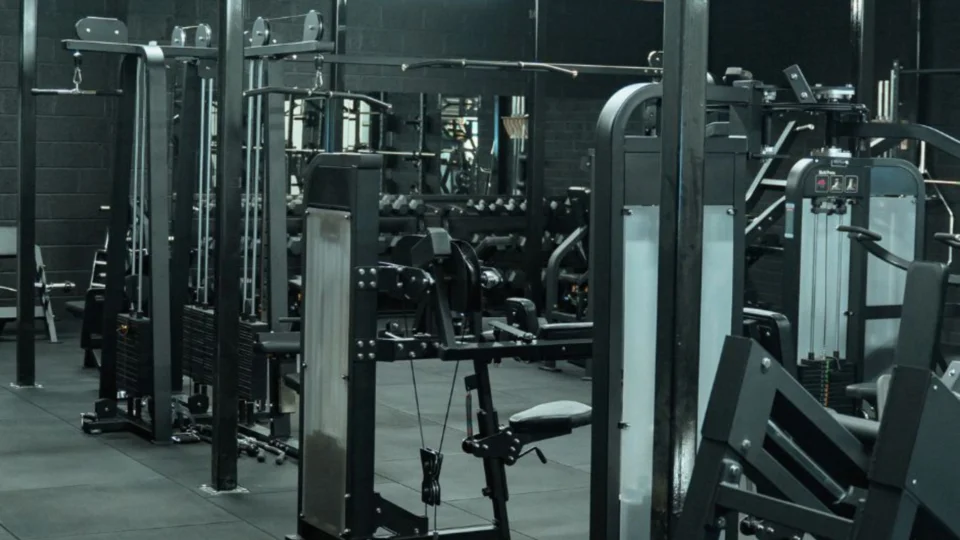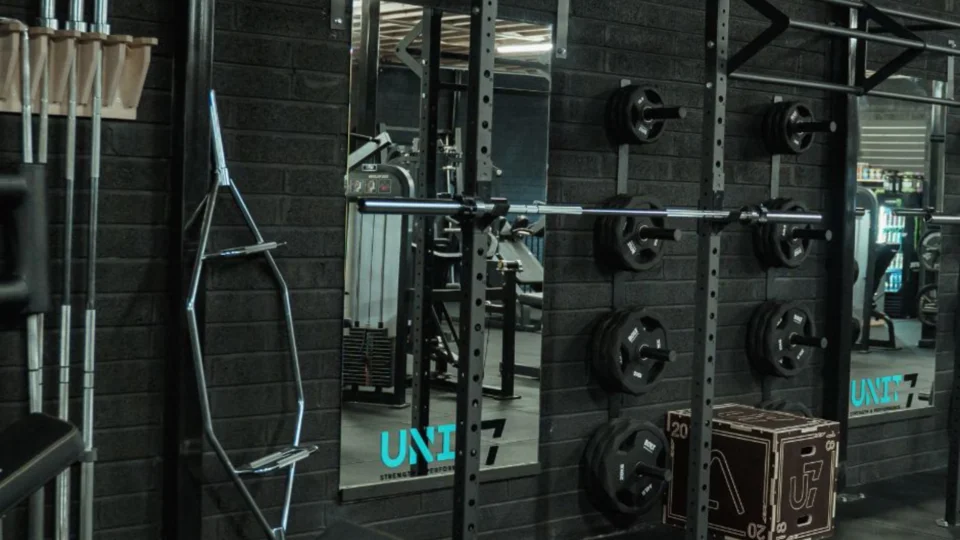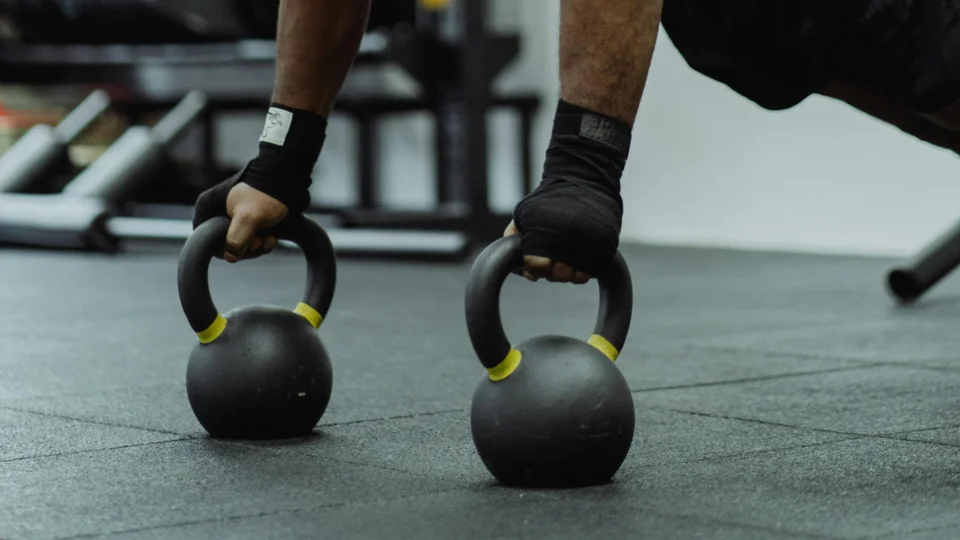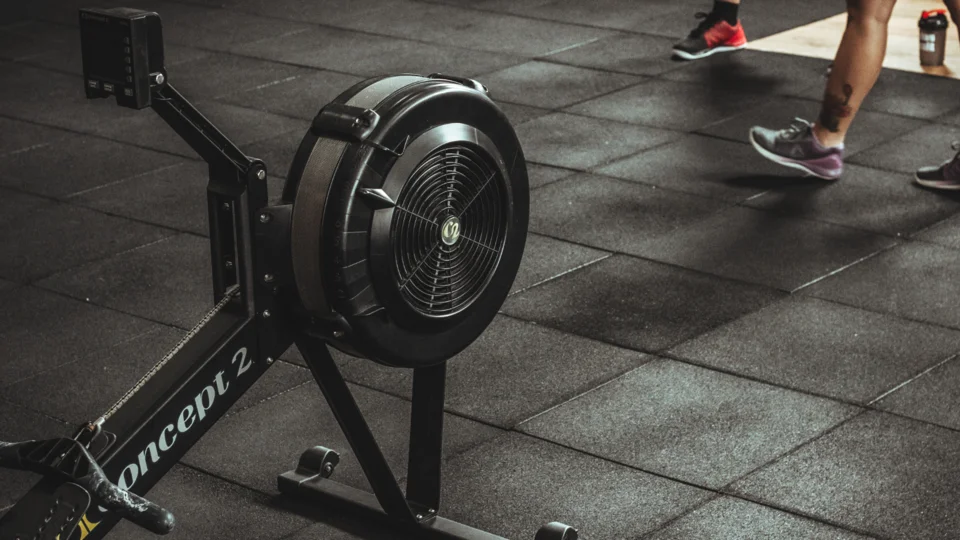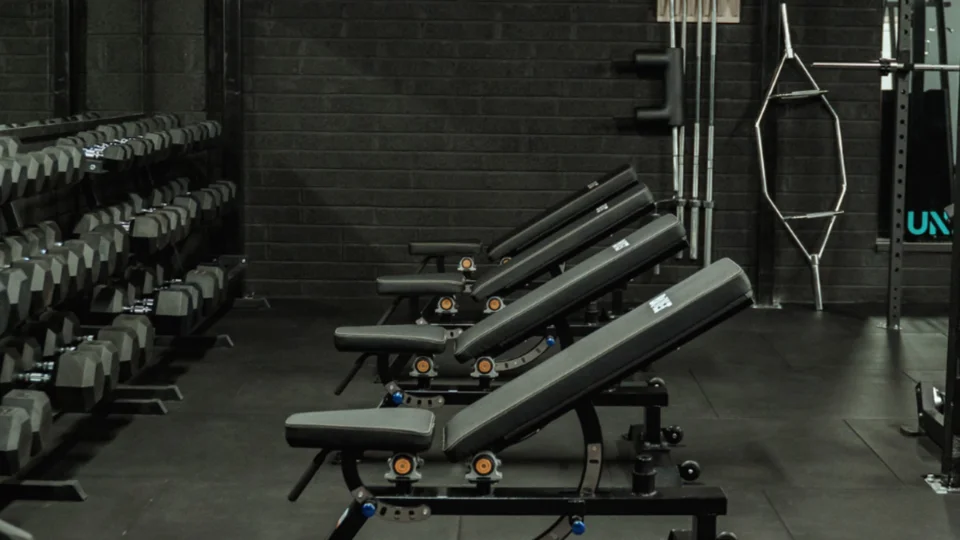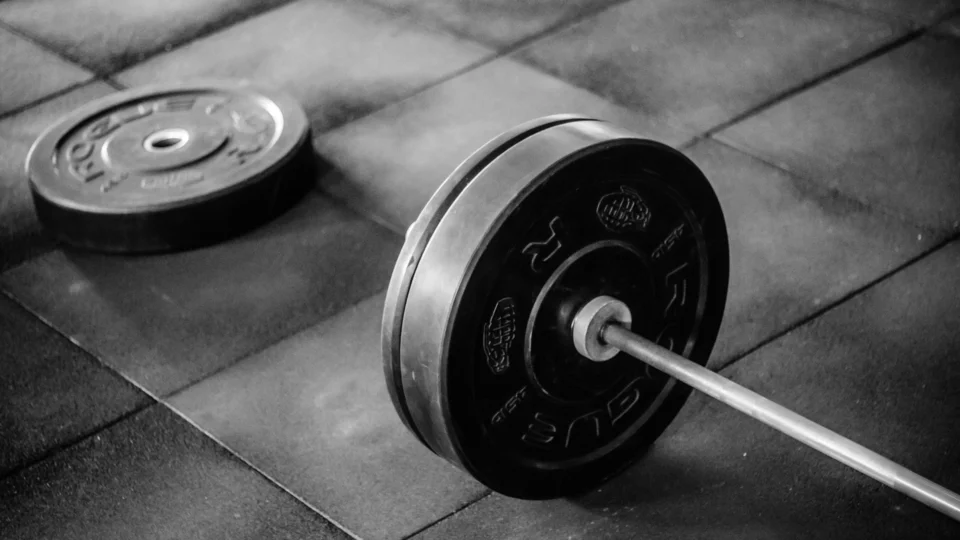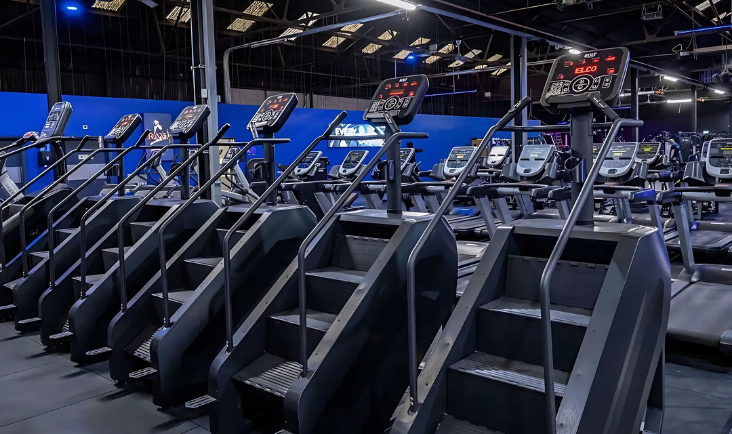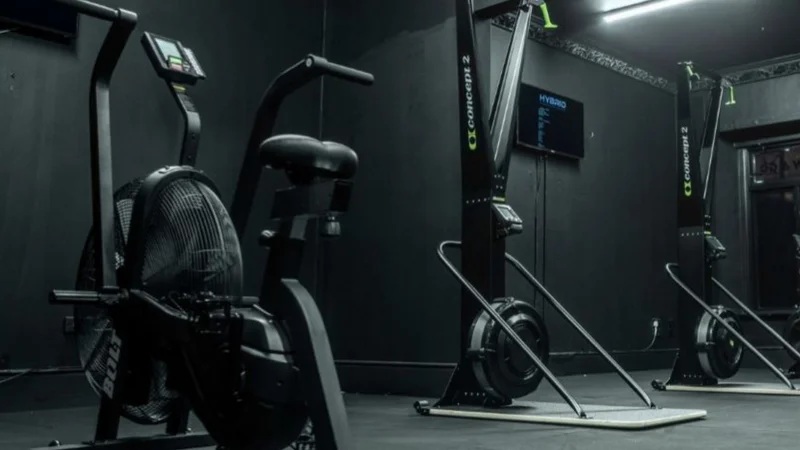June 20, 2024
The Benefits of Incorporating Yoga into Your Fitness Routine
Incorporating yoga into your fitness routine gives a multitude of benefits that extend beyond physical fitness, promoting well-being and overall health. Firstly, yoga enhances flexibility and improves joint mobility through a series of poses that stretch out and strengthen muscles. This increased flexibility can reduce the risk of injury during other physical activities and improve posture and range of motion. yoga is renowned for its stress-relieving benefits. The emphasis on deep breathing and mindfulness helps calm the mind, reduce stress levels, and promote relaxation. Regular practice can also improve sleep quality and boost mental clarity and focus.
the Right equipment is the first step one should take when starting this fitness routine. Yoga mats are a good start as they help with grip and stability along with comfort off the hard floors. Blocks and Bands are also a great assist in performing poses and can help with proper alignment and can help tremendously with beginners to ease into the more intermediate poses.
Beginner’s Yoga Workout
1. Mountain Pose (Tadasana)
- How to do it: Stand with feet together, arms at your sides. Distribute weight evenly across both feet. Inhale and raise your arms overhead, palms facing each other. Reach up through your fingertips.
- Benefits: Improves posture, balance, and calm focus.
2. Downward-Facing Dog (Adho Mukha Svanasana)
- How to do it: Start on your hands and knees. Tuck your toes, lift your hips, and straighten your legs, forming an inverted V shape. Keep your head between your arms and your heels reaching toward the floor.
- Benefits: Stretches the shoulders, hamstrings, calves, and hands. Strengthens arms and legs.
3. Cat-Cow Pose (Marjaryasana-Bitilasana)
- How to do it: Begin on your hands and knees in a tabletop position. Inhale, arch your back (cow), and lift your head and tailbone. Exhale, round your spine (cat), and tuck your chin to your chest.
- Benefits: Increases flexibility of the spine, stretches the back and neck, and opens the chest.
- the hips, thighs, and ankles. Calms the brain and relieves stress.
5. Warrior I (Virabhadrasana I)
- How to do it: Stand with feet together. Step your left foot back, keeping it at a 45-degree angle. Bend your right knee over your ankle. Raise your arms overhead, palms facing each other.
- Benefits: Strengthens the legs, opens the hips and chest, and improves focus and balance.
6. Warrior II (Virabhadrasana II)
- How to do it: From Warrior I, open your hips and arms to the side. Your front foot faces forward, back foot at a 90-degree angle. Look over your front hand.
- Benefits: Strengthens and stretches the legs and ankles, improves balance and stability.
7. Tree Pose (Vrksasana)
- How to do it: Stand with feet together. Shift weight to your right foot and place the sole of your left foot on your right inner thigh or calf (avoid the knee). Bring your hands to your heart or overhead.
- Benefits: Improves balance, strengthens legs, and opens hips.
- hip flexors.
9. Seated Forward Bend (Paschimottanasana)
- How to do it: Sit with legs extended in front of you. Inhale and lengthen your spine, then exhale and fold forward from the hips, reaching for your feet or shins.
- Benefits: Stretches the spine, shoulders, and hamstrings. Calms the mind and relieves stress.
10. Corpse Pose (Savasana)
- How to do it: Lie flat on your back, legs extended and arms at your sides, palms facing up. Close your eyes and breathe deeply, relaxing each part of your body.
- Benefits: Promotes relaxation, reduces stress, and allows the body to absorb the benefits of the practice.
Tips for Beginners
- Focus on Breath: Coordinate your movements with your breath. Inhale for expansion and exhale for relaxation.
- Use Props: Blocks, straps, and blankets can help you achieve proper alignment and make poses more accessible.
- Listen to Your Body: Don’t push into pain. Modify poses as needed to avoid strain.
- Consistency: Practice regularly, even if for short periods. Consistency is key to progress in yoga.
this should take you up to 20-30 min to finish.
integrating yoga into your fitness routine offers a well-rounded health routine, combining physical exercise with mental and emotional well-being. With the right equipment and regular practice, yoga can significantly improve flexibility, reduce stress, enhance balance, and support overall fitness and health.

